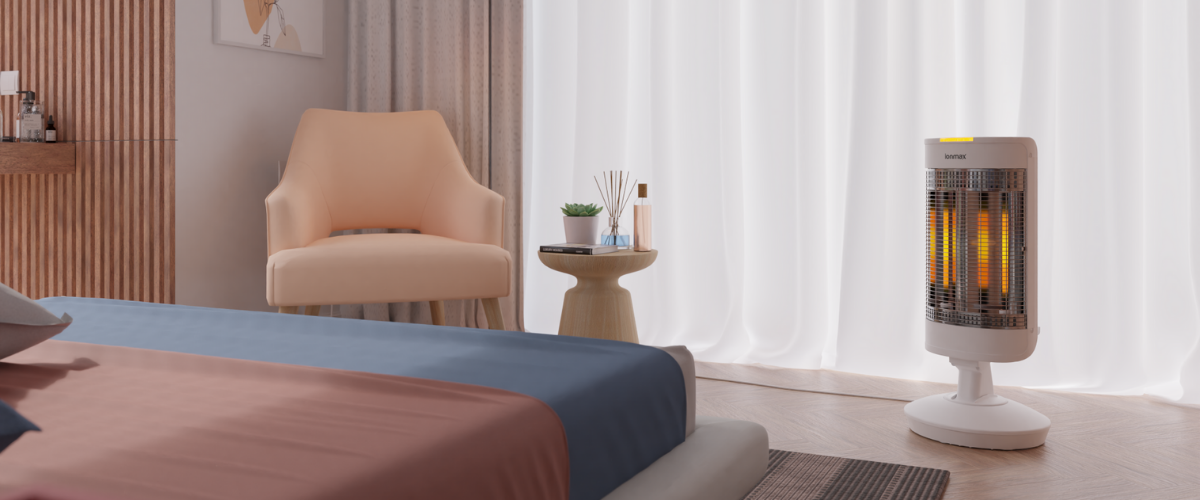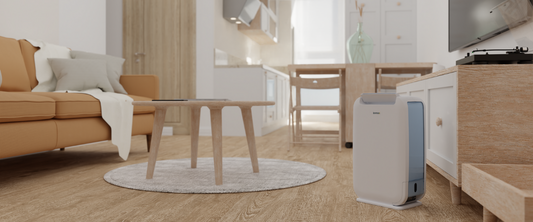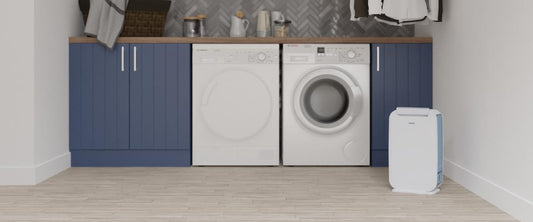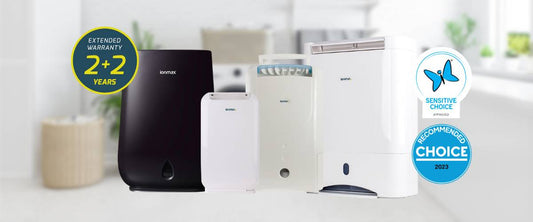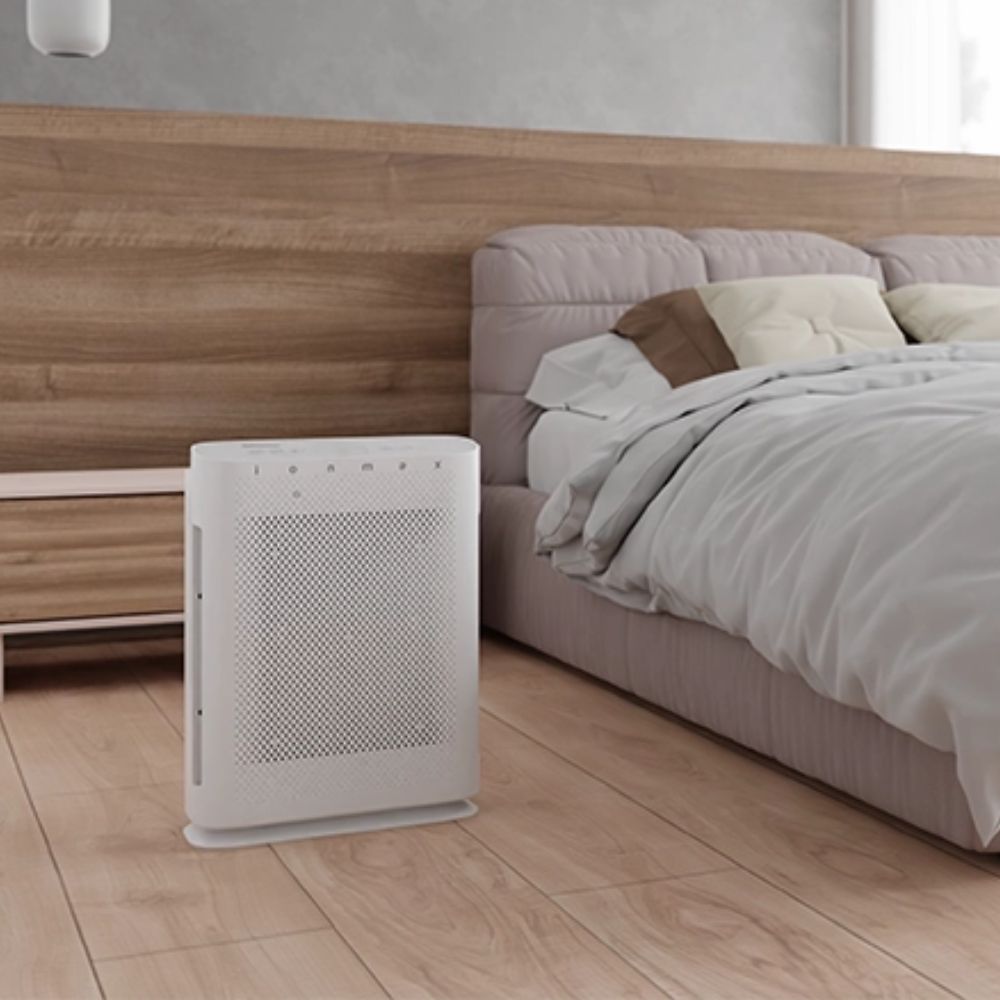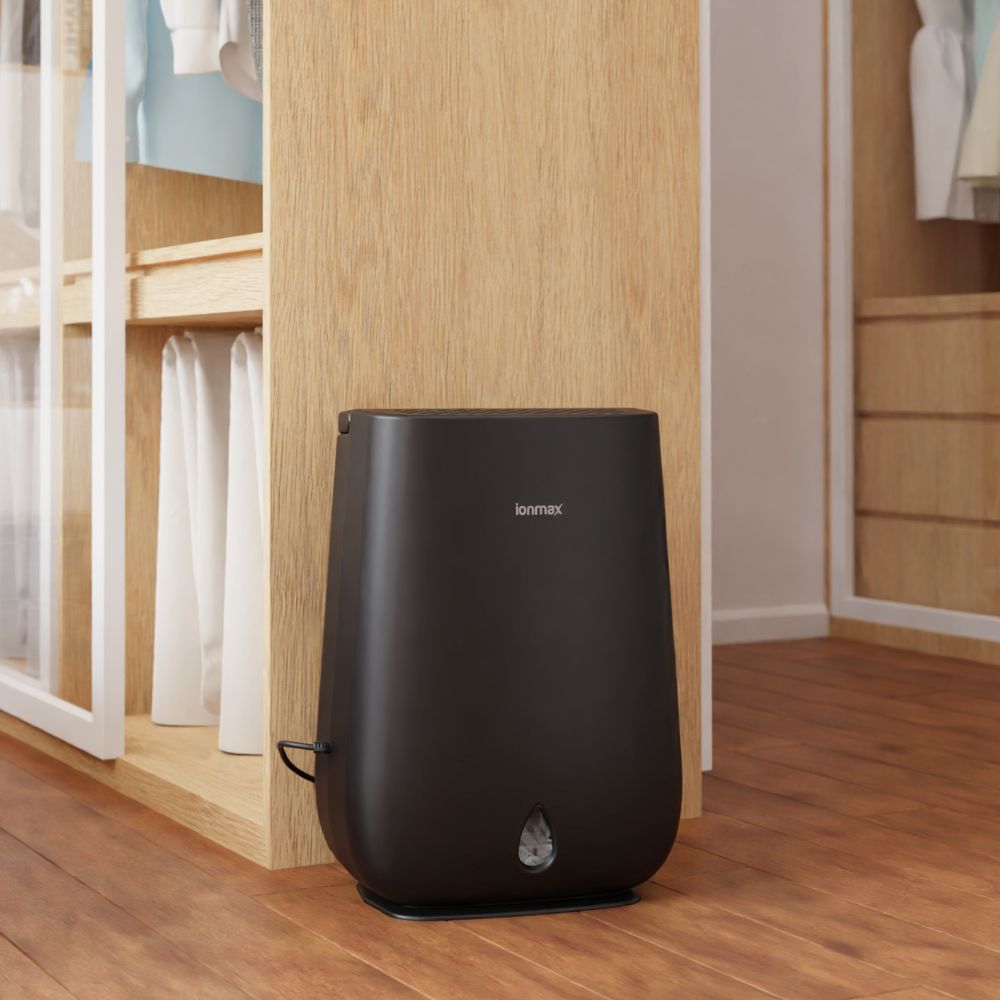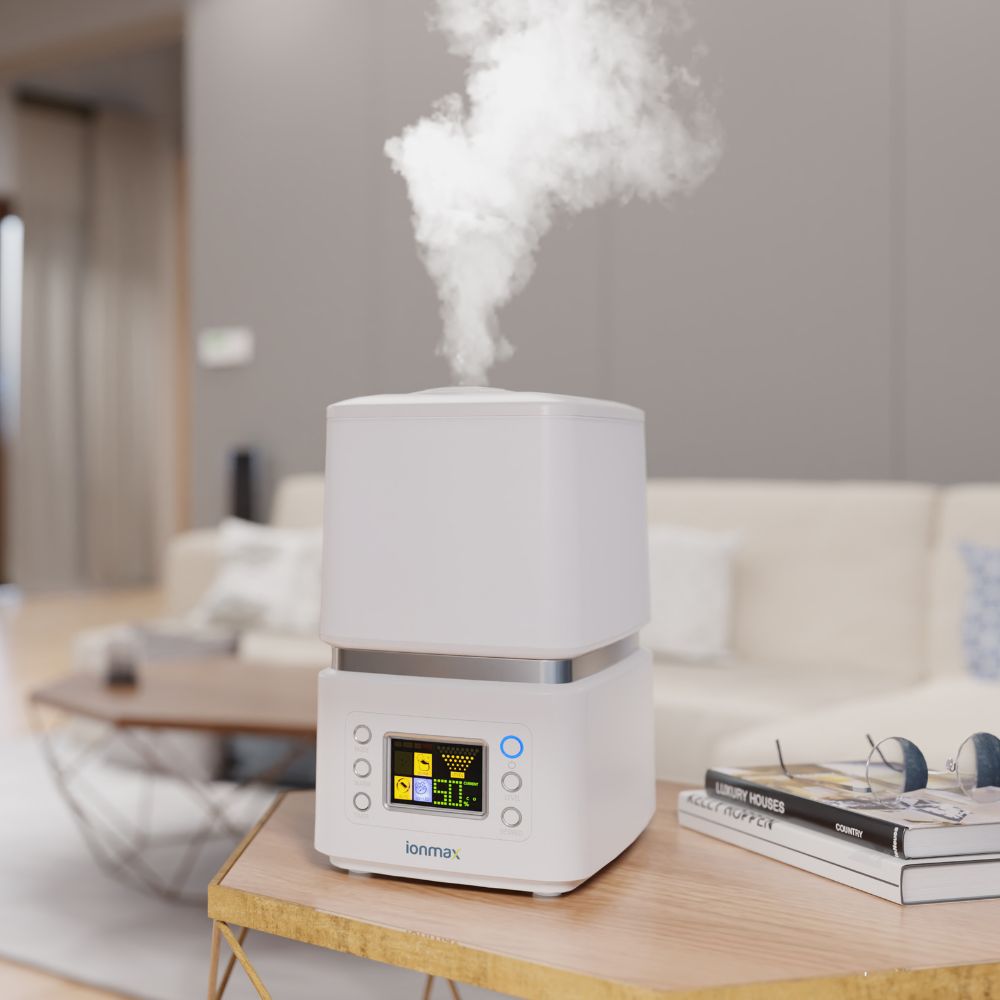Found naturally in sunlight, far-infrared waves are known for their ability to warm up the human body or objects when absorbed under direct exposure, in spite of being invisible to the naked eye. This ability makes far-infrared waves a good heating source during the winter. While all heaters share the same core function, the far-infrared technology makes a difference to home heating needs in several ways.
Instant warmth
A traditional heater heats up the air that passes across it, transferring heat to the entire room through convection. What this means is that unless you are sitting close to the heater, it takes time for the room to be sufficiently heated up to provide you with warmth.
Far-infrared waves work in the same way sunlight does. Both keep you warm without having to heat up the surrounding air first. This trait makes far-infrared heaters highly efficient— upon exposure to far-infrared waves, heat is felt almost instantly even if the surrounding air is cold. Because infrared heaters heat objects rather than the air, their heating capabilities are not directly correlated to the size of a room. So as long you are exposed to far-infrared waves, you will experience its full effects.
No dry skin and sinus issues
A common misunderstanding is that traditional heaters dry up indoor air. The indoor air may ‘feel’ drier with a traditional heater because the heat emitted from the device evaporates moisture from your skin and nasal cavity. As the cold winter air does not retain moisture well, the heat from traditional heaters will dehydrate those exposed in an environment that is already low in humidity even though the moisture content in the air does not change from the heating.
Far infrared heaters do not cause dry skin and sinus issues as they do not heat up the surrounding air that draws moisture from your skin. On top of that, far-infrared heaters do not typically come with a fan that can stir up dust and allergens into the air. This allows you to experience warmth without worrying about dry skin, chapped lips, breathing discomforts and possible allergic reactions.
Energy-saving
Due to the fact that far-infrared heaters can efficiently keep the human body and surrounding objects warm, far less energy is used as it does not have to heat or pre-heat the entire room. Aside from the efficiency to keep us warm, far-infrared waves can be absorbed and radiated back into the surrounding by objects, helping the retention of heat indoors.
To better visualise how much energy far-infrared heaters can save compared to traditional heaters, here’s an overview of the approximate operating costs of various heater types, with the Ionmax Ray as the representative of far-infrared heaters.
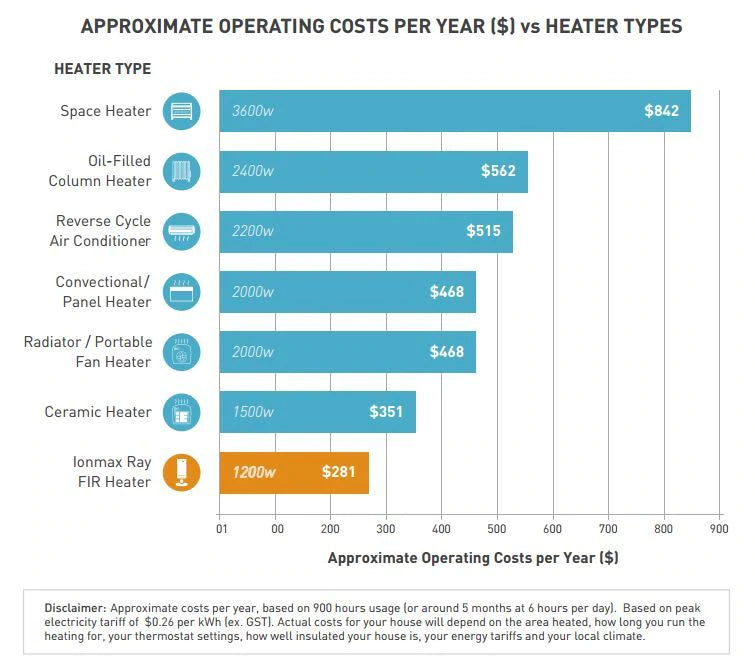
All in all, far infrared heaters are a better choice compared to traditional heaters when it comes to heating performance and energy efficiency. With a far-infrared heater, you will be able to enjoy the warmth of the sunlight indoors during winter without spending a fortune on heating.
Disclaimer: The information provided in this article is for general reference only. Please seek advice from professionals according to your needs.

